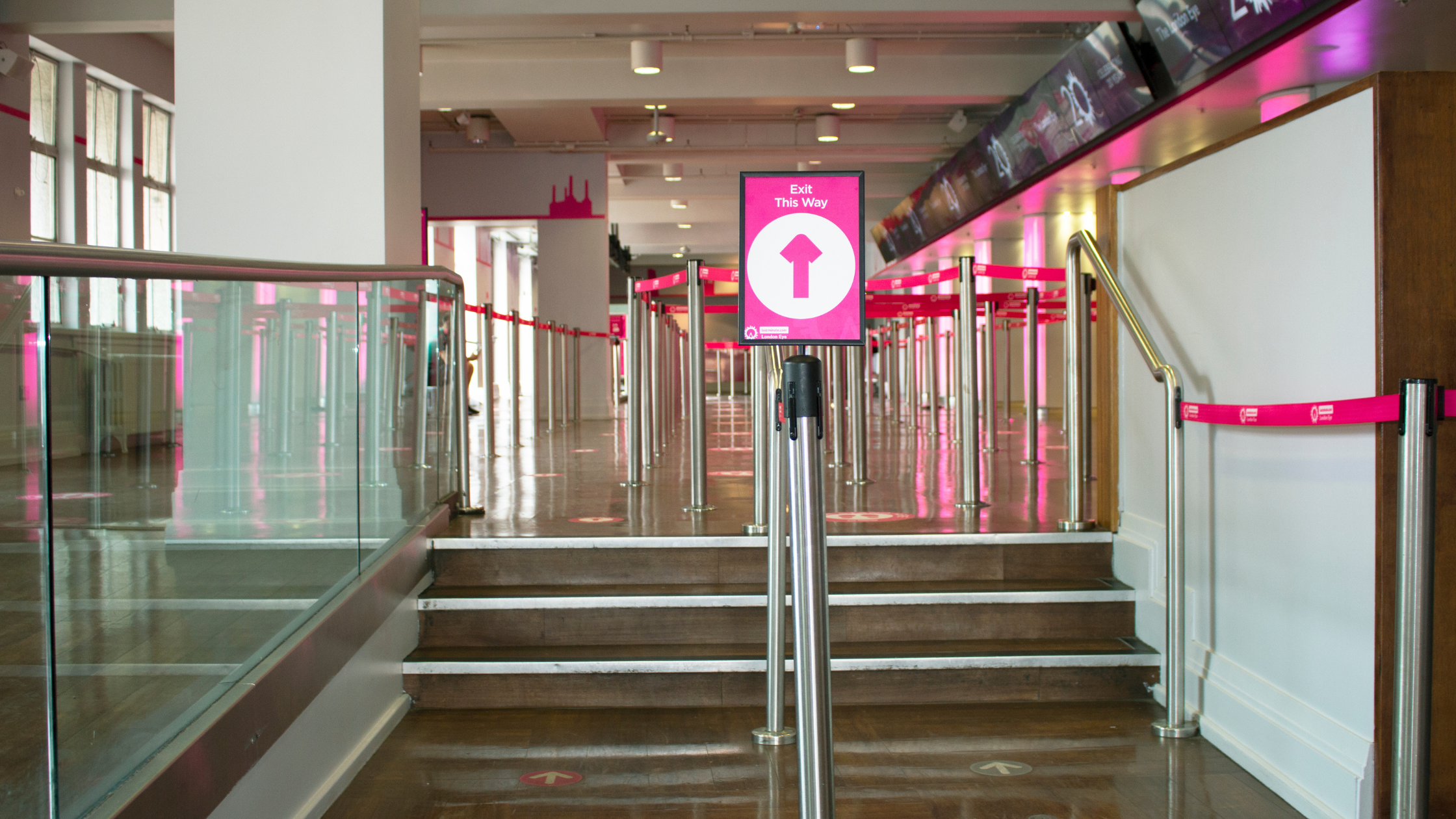- Home
- Sectors
- Solutions
- Tensabarrier®
- Tensamedia® Wayfinding and Signage
- Lawrence® Post & Rope
- Tensator® Airport Passenger Guidance System
- Electronic Queuing – eQ™
- Tensaguide® Modular Barrier System
- Tensator Micam Protection – TMP
- Safety Solutions
- Access Control
- In-Queue Merchandising
- Virtual Queuing – VQMS
- Tensator® Virtual Assistant
- Custom & Bespoke Solutions
- Resources
- About
- Contact Us
- Shop
 English (English)
English (English)
Retail Customer Experience: Ensuring a ‘pop-up’ effort pops for consumers and doesn’t flame out in failure
26
Jun

Retail Customer Experience nets out the pros and cons of retail pop ups in Judy Mottl’s article, “Ensuring a ‘pop-up’ effort pops for consumers and doesn’t flame out in failure.” Pro’s include attributes such as the lack of restrictions as to what’s allowed or not allowed, and constrictions on how creative it can be, it’s flexibility and malleability. The article goes on to say however that not all pop-ups are a great success or that they can’t crash and burn.
To get some tips and advice, Mottl turned to Tensator. Here’s an excerpt from her article:
One of the very first missteps a retailer makes with doing the pop-up is not bringing floor staff and customer-facing employees into the planning and development stage, David Cohen, who runs business development at Tensator Group, a queue management company, told Retail Customer Experience (RCE).
It may sound common sense and basic, but it’s essential to prep both staff and the physical location.
“Educate your staff about handling volume in a smaller space and engage them in making sure the store is clean, neat and inviting,” advised Cohen. The focus should be on a clear, uncluttered designated area.
“Pop-ups are tight on square footage so consider using digital signage for branding or to create interest and pops of attention grabbing visuals and audio prompts,” he recommended.
The second big step is ensuring that the process of marketing product and the actual customer interaction on the product is done in an efficient manner.
“Ensure you have a way to handle customer queues quickly and consider using call forward systems or mobile greeters to help expedite transactions,” he said.
One of the worst mistakes, as it can leave a lasting impression, is a customer experience that is a turn-off and simple things like not leaving enough room for shoppers to maneuver or access the product easily can tank any benefit potential.
“Don’t overwhelm customers by overcrowding,” noted Cohen, adding “when selling in a small space less is more,” and that includes not barracking the staff at check-out with merchandise.
Cohen also recommends using in-que merchandising for impulse items and leveraging bins and shelving as wisely as possible to delineate the check-out line. “
“Just don’t overcrowd this space with items that are big – this space is meant for items $9.99 or less and smaller items that don’t require a great deal of thought. New untested items don’t work well in this space as they tend to slow down the checkout process,” he warned.
To continue reading the article — please click here.



